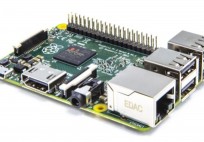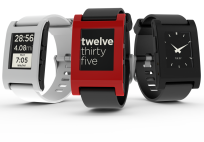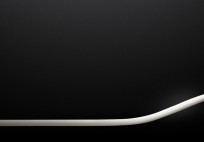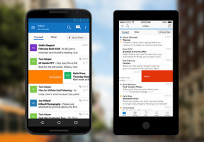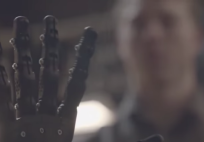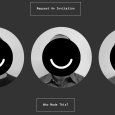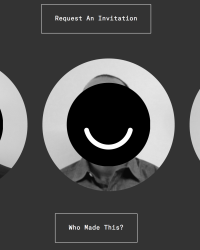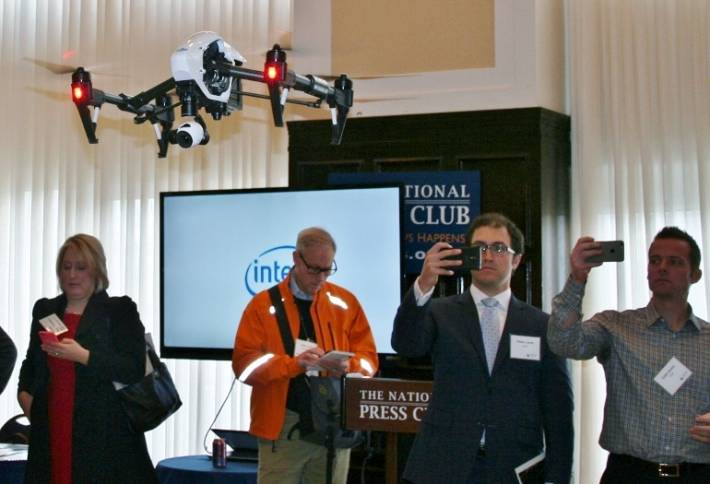
A leaked FAA document proposes to widen the use of drones after Amazon, Google, and other firms that use drones commercially went to D.C., sponsored a technology fair, lunch, a concert with Grammy Award Winners Ok GO, and met with 33 congressmen, a FAA administrator, and top officials with the DOT.
Forbes reports that a professional land surveyor named Steve Zeets downloaded this FAA economic analysis from Regulations.gov. Since there is currently a ban on use of commercial drones, Mr. Zeets filed a petition to be exempt of the ban, so he could use drones to collect, analyze, manipulate and present geographic data through a geographic information system. He also wanted to facilitate his other professional tasks such as surveying, photogrammetry, and engineering.
Mr. Zeets knew that several exemptions had been approved, so he was browsing Regulations.gov to see if his was approved already. That’s when he clicked open the FAA economic analysis, titled, Notice of Proposed Rulemaking Regulatory Evaluation.
Immediately thereafter, he called a colleague, told him how to retrieve it, but his colleague told him he couldn’t find it. Mr. Zeets saved the copy as a PDF because the one online was taken down shortly after he downloaded it.
Zeets searched Twitter for any remarks on the document and found nothing. He read the document and found the proposed regulations would give him permission to fly small drones in almost the same way he was requesting in his petition for exemption. So he uploaded the document to his Google drive and posted tweets linking to it.
“I sent the link to sUAS News to ask if they had seen it too,” Mr. Zeets told Forbes. “But shortly after I sent the Tweets my phone battery died. When I woke up this morning and plugged my phone in, I saw a lot of Tweets about the documents and people asking for the source. At that moment I realized that no one else saw the document on the website.”
In the leaked document, the FAA will only require commercial drone operators to pass an aeronautical knowledge test that will cost less than $300 to take. Prospective commercial drone operators will have to take the test in-person to better ensure that they possess the necessary aeronautical knowledge to fly a drone commercially. Further, the document argues that a in-person test would make it less likely to make a prospective operator susceptible to identity theft.
The document also proposes that small drone use wouldn’t call for troublesome inspection, maintenance, and permit requirements because drones are too light to pose a significant risk to people and property.
Drones can only be flown within the operator’s physical view, but drones can’t be flown higher than 500 feet, according to the leaked proposal. And drones can only be flown while the sun is up.
The document argues how future FAA regulations will let many industries take advantage by the increased use of small drones. In essence, the FAA wants to prove that using drones will make a positive impact to society to make its final regulations official.
Yet in November, according to people who met with the FAA to examine the rules, the FAA planned to allow only daytime flying of small drones (under 55 pounds) within the operator’s view that would not exceed 400 feet high. In addition, commercial drone operators would have been required to have a pilot’s license to fly manned aircraft.
So people who want the FAA to allow more drone use never thought the agency would make it easier to fly them, much less boast how favorable their use would be to society. After hearing about the FAA’s plans for strict oversite, drone lobbyist Michael Drobac told the Wall Street Journal that the FAA would expect a fight.
“I feel like there’s a colossal mess coming,” Mr. Drobac said. “The rule is going to be ‘so divorced from the technology and the aspirations of this industry…that we’re going to see a loud rejection.’ ”
Some of that appeared to change, nonetheless, after the Small UAV (Unmanned Aerial Vehicles) Coalition, whose members include Amazon, Google, and other firms who use drones commercially, in January of this year, hosted congressional and agency staffers, media, and hobbyists at a two-day technology fair at the National Press Club in Washington D.C.
Every one in attendance was entertained watching flights by drone models like the DJI Phantom 2, the DJI Inspire, and the Parrot BeBop.
Open-drone use proponent, Democrat Rep. Earl Blumenauer of Oregon, who spoke during the tech fair, has reportedly advised the Small UAV Coalition to keep their arguments simple, so congressional members could understand the benefits of small drone integration into national airspace. Mr. Blumenauer stated there is no point in hindering the use of small drones, for they are already in widespread use.
The following day, the Parrot BeBop was flown in Capitol Hill during a congressional hearing held in the House Committee on Science. The hearing, which probed Unmanned Aircraft Systems Research and Development, welcomed the first drone flight in Capitol Hill. Colin Guinn of 3D Robotics (a Coalition Member) testified on why commercial drone use needed to be regulated.
Finally, Grammy Award Winners OK GO, who filmed their video, “Here It Goes Again,” with a drone, performed at a concert held at the 9:30 Club.
The Small UAV paid lobbying firm Akin Gump Strauss Hauer & Feld (for whom Mr. Drobac works as a senior policy advisor) $220,000 in 2014 to perform “Outreach to FAA, Congress, the White House and other federal agencies and media, to advance goals and interests of the small UAV manufacturers, operators and users, and the industry that supports small UAVs,” according to a lobbying report filed with Congress.
Considering widespread consensus expected that the FAA would strictly regulate small drone use, is this lobbying onslaught on behalf of the coalition working? Love to read how you feel about it in the comment section.



